Many historians believe that the 20th century really began with the First World War and that the previous fourteen years were nothing more than an epilogue to the previous one. With regard to naval combat, this great conflict of global scope led to the generalization of submarines, the confirmation of battleships and the appearance of aircraft carriers, so the idea of a sailing ship carrying out privateering tasks is somewhat bizarre, like hundreds of years ago. And yet, there was an unheard-of corsair who sailed for the Kaiser on a three-masted ship and achieved a certain fame for her chivalrous demeanor, in the style of the classic Stede Bonnet. She was called Felix Nikolaus Alexander Georg Graf von Luckner.
Luckner was one of those historical figures that we could consider literary or cinematographic material because in his life there are so many amazing aspects and unusual situations that, if not well documented, would seem to be the product of an artist's imagination. Born in Dresden in 1881, he was of a noble family (Graf is the German equivalent of count) by inheritance from his great-grandfather, who had been Marshal of France. Felix was one of those young men who felt an early seafaring vocation but in order to follow the tradition of his surname, he had to temporarily bury it in favor of the cavalry.
However, reality finally prevailed and one day, at the age of thirteen, he dropped out of school to enroll as a waiter on a sailboat called Niobe that made the interoceanic crossing between Hamburg and Australia. Felix, who adopted the false name of Phylax Lüdecke, had sworn not to return home until he was dressed in the uniform of the Imperial Navy and an accident was about to put an end to that idea:one day of rough seas he fell overboard and the captain was willing to abandon it so as not to risk the lives of more crew members in a rescue, since it was impossible to locate it in the waves.
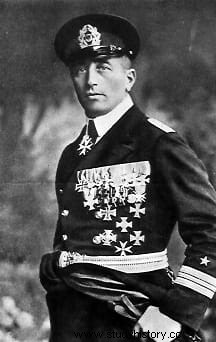
Then one of those things happened that a priori they could only come out of a novel by Joseph Conrad or Jack London:Luckner managed to grab an albatross by the leg and lunge at him (albatrosses and sailors had a perennial brawl) and the animal, with its frantic flapping of wings, attracted several congeners, which revealed their position and allowed the rescue.
It seems difficult to overcome an entry into adult life like this, but the truth is that the following seven years are just as surprising. Arriving in Australia, Luckner pursued all kinds of trades, such as kangaroo hunter, fisherman, sailor, waiter, railway worker or representative of the Salvation Army. He worked as a keeper in a lighthouse in Augusta until the innkeeper who hosted him discovered him in bed with his daughter; the blood would not reach the river because the German was apparently a colossus who even participated in boxing matches and made exhibitions of strength in a circus, folding coins and splitting into two phone books.
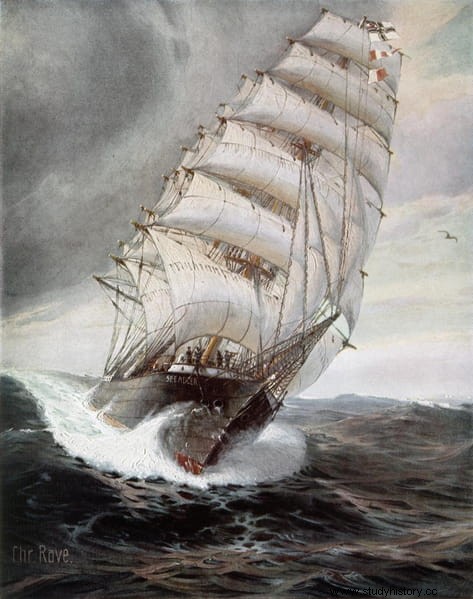
In fact, there were also dark moments, such as his time in a Chilean prison for stealing pigs, the injuries received in Jamaica in one of the incidents in which he was involved, and the expulsion from the local hospital for not having the money to pay for his cure. As you can see, Luckner had jumped to America; he was also in Mexico enlisted in the guard of Porfirio Díaz. This picturesque period ended approximately when he was twenty years old, in which a stroke of luck allowed him to take a radical turn in his life and resume his old aspiration of being a sailor.
And it was thanks to the personal intervention of Kaiser Wilhelm. Luckner had learned to do magic tricks in the circus and was hired to perform for the Teutonic emperor on his ship, who, enthused by his ability and aware of his dream, interceded to be allowed to enter a naval school. Thus, in 1908 and already graduated, he spent nine months of training on board a private line steamer called Petropolis .
Upon completion of that job he applied to join the Kaiserliche Marine and in 1912 it was granted, giving him command of the gunboat SMS Panther in Africa. He could now fulfill his desire to return to his relatives wearing his uniform and he did so, being received with joy because until then they had not heard from him. They were happy moments because that same year he married Petra Schultz, with whom he would have a daughter in 1913; it is true that it was a bitter joy in the end, because the marriage broke up in 1914.
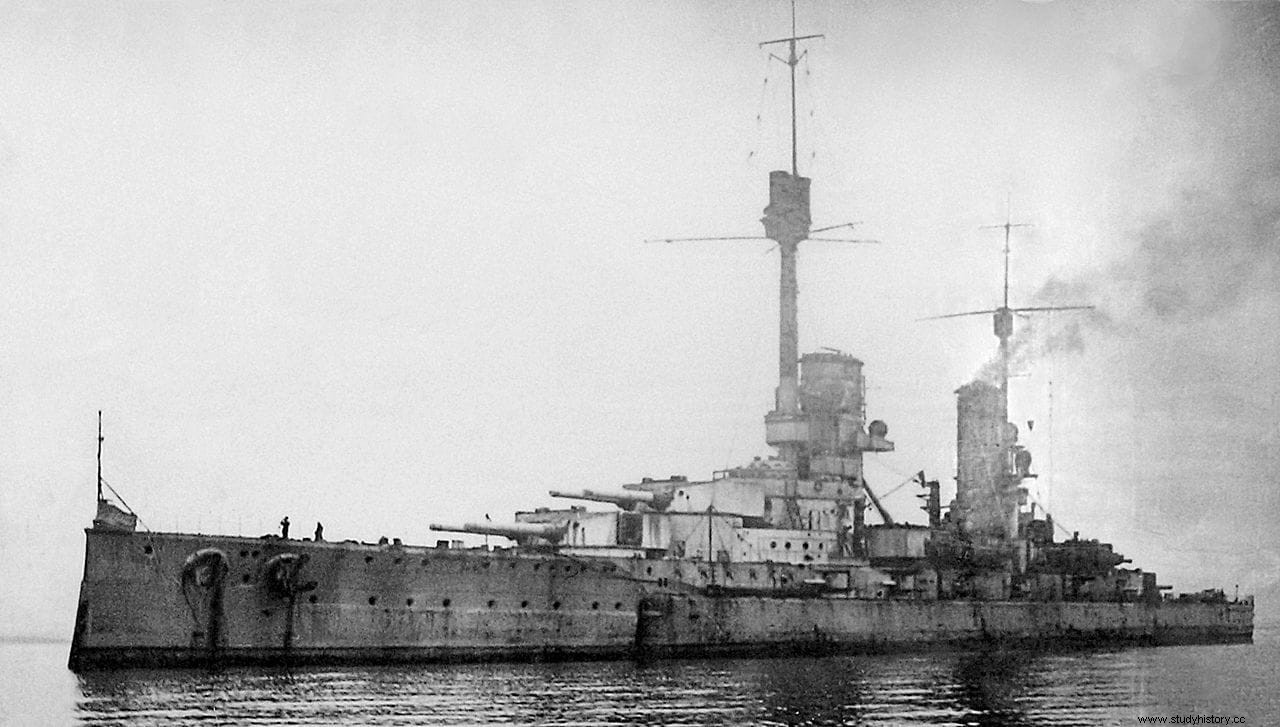
Of course, by then there were bigger problems:the entire planet was in upheaval when the First World War broke out. A new stage was opened for Luckner that began with his participation in the Battle of Heligoland and continued in Jutland as an artillery officer of the battleship Kronprinz Wilhelm . However, his future was not in conventional fighting. Given the superiority of the Royal Navy, from 1915 the German navy was forced to arm merchant ships, authorizing them to act as privateers; In general, they were not very successful, but they collaborated in distracting enemy forces.
The shortage of fuel meant that sailing ships were used and since Luckner was one of the few with experience in this type of navigation, he was given command of a three-masted, 83.5-meter-long, 1,571-ton ship called Pass of Balmaha , which was equipped with two 105 mm cannons and several machine guns. Made in Britain in 1888 but captured by a U-Boat, she was renamed Seeadler and equipped with two engines, sailing to hunt for prey on December 21, 1916; He eluded the British blockade by flying the Norwegian flag, a language spoken by Luckner and a good part of his men (six officers and fifty-seven sailors) selected precisely for that. Thus, although off Iceland they were stopped and searched by the British cruiser Avenger , they were able to trick him and continue.
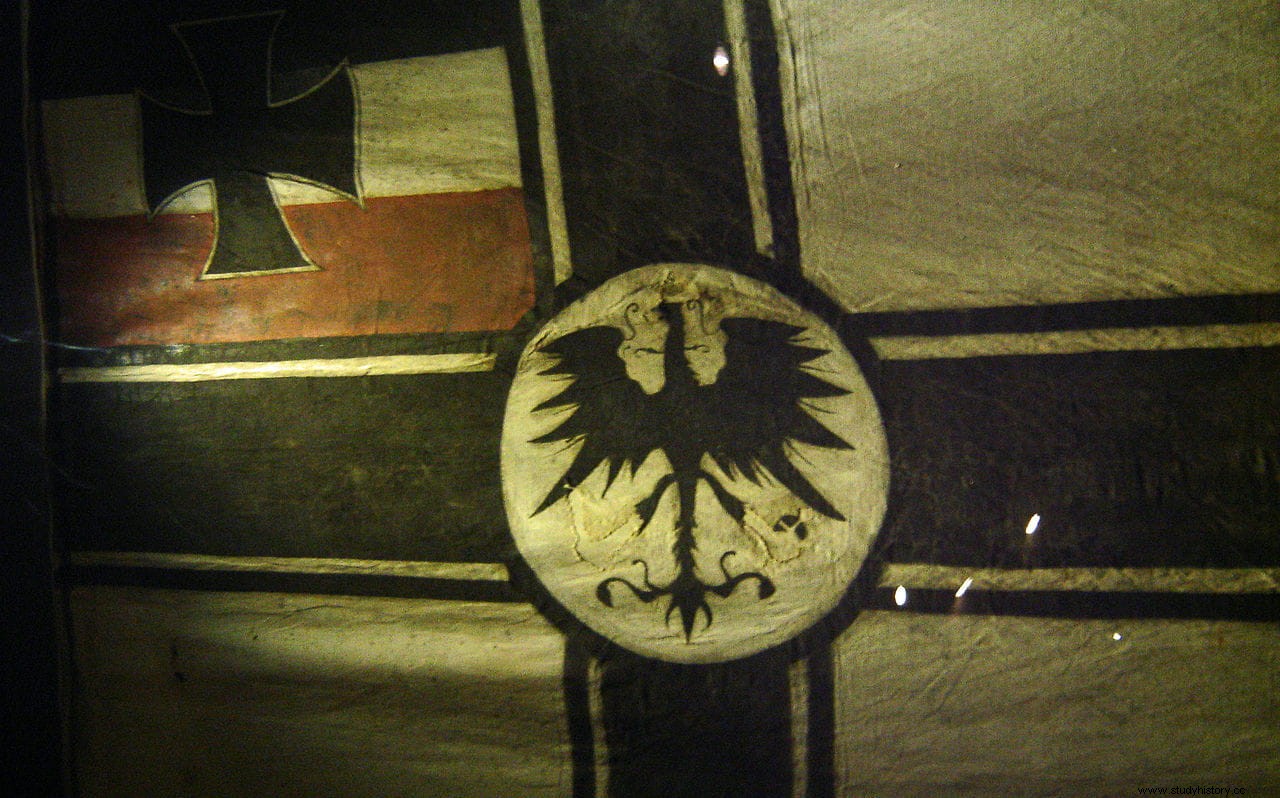
The first victim of the Seeadler It arrived on January 9, 1917 and from then on, the catches continued one after another until they exceeded dozens and thousands of tons, all with a common denominator:not producing fatalities. There was only one exception and it was due to bad luck:a sailor from the British ship Hornharth who died when one of the shots fired to stop it burst a steam pipe. With the rest, Luckner either allowed the crews to evacuate before sinking the ships or took them aboard the Seeadler. as prisoners.
He managed to collect up to three hundred, with what this implied in terms of reducing available space and provisions, hence in his last capture, a French sailboat called Cambronne , ordered the four masts to be dismantled to move and accommodate those people. He then let him go under the command of one of the freed captains. A noble but daring action, because the Royal Navy thus obtained information about Luckner and confirmed his area of action, sending a squadron made up of the armed merchants Otranto and Orbit , which were to serve as bait, and the armored cruiser HMS Lancaster .
They were unsuccessful because the German corsair, anticipating something like this, had decided to change oceans, crossing Cape Horn to start operating in the Pacific. The US had just announced its entry into the war and, therefore, a new fishing ground for prey was emerging there. Indeed, after traveling north along the South American coast, between June 14 and July 8, the Seeadler she sank three ships of that country.
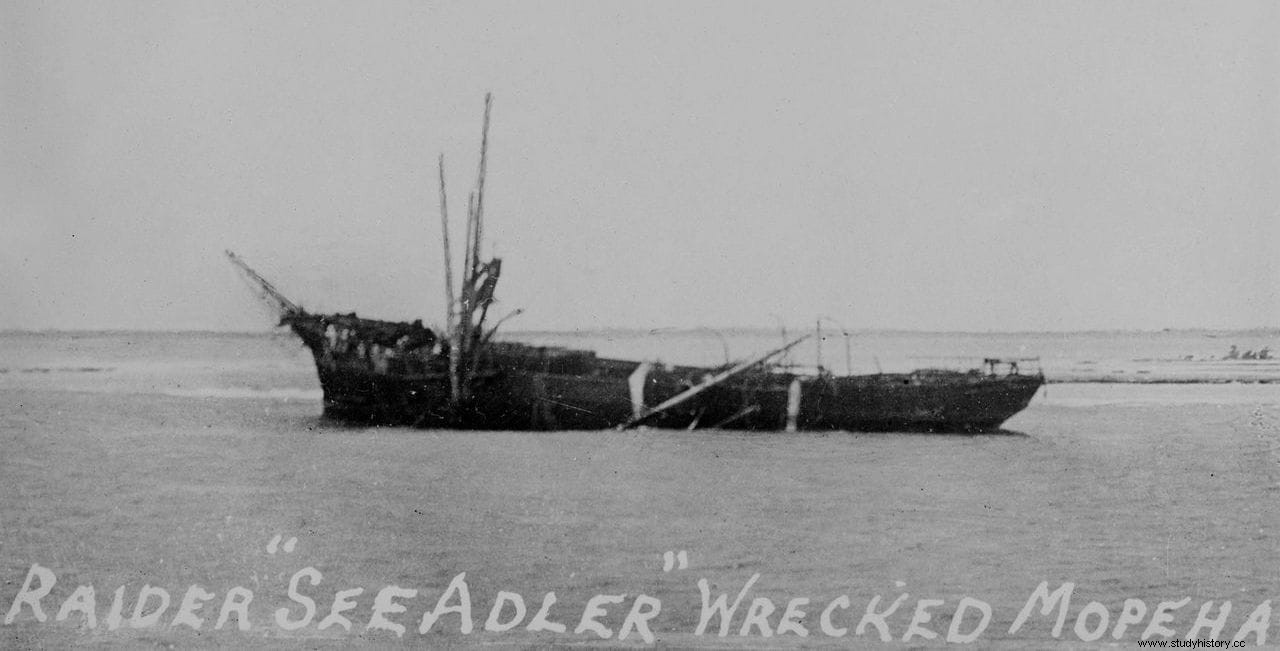
Then it was time to take a break, taking advantage of the fact that it was necessary to clean and careen the hull. For this, the Polynesian atoll of Mopelia (present-day Maupihaa), in the Sociedad archipelago, located between Maupiti and Bora Bora, was chosen. The site had a central lagoon protected by a barrier reef but it turned out to be too shallow and the boat had to anchor outside. Then an unforeseen event happened whose circumstances are not clear, because while Luckner assured that an unexpected tsunami had crashed the Seeadler against the reefs, some American prisoners declared that he had run aground alone, when they were eating ashore with most of the crew.
The fact is that the ship was lost, so they launched the two skiffs, accumulated as much food as they could and settled on the atoll while Luckner rigged one of the boats under sail and, accompanied by five men, tried to reach the Fiji Islands; what is surprising is that the idea was not to ask for help but to capture a ship and return for the rest of the sailors and the 46 American prisoners in order to continue their mission. They reached Wakaya several days later, after traveling 3,700 kilometers with a stopover in several of the Cook Islands -where they pretended to be Norwegians-; But their adventure ended there because the police, mistrusting their story, arrested them, sending them to a prison camp in Auckland, New Zealand.
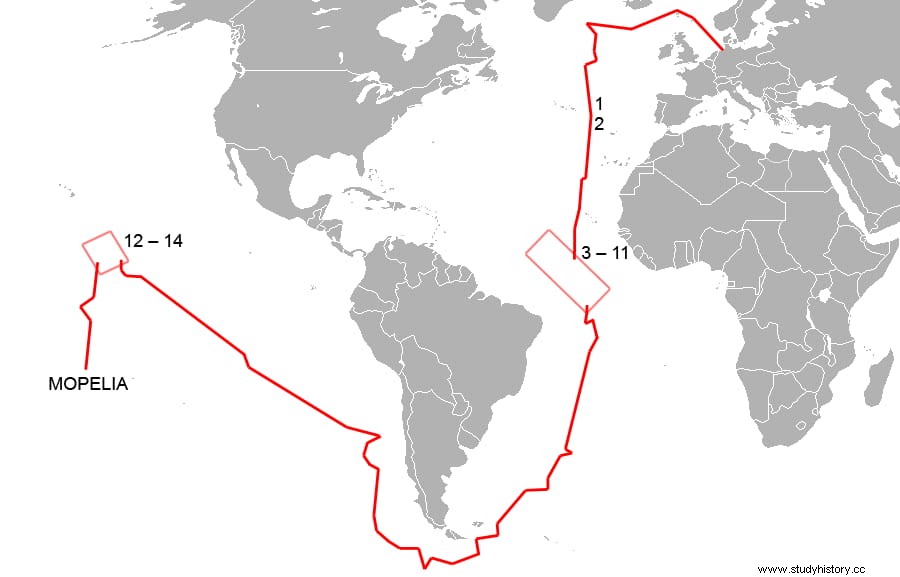
Instead, the companions who were waiting in Mopelia staged a bizarre episode:informed by radio of their captain's arrest, they boarded a small French ship that had approached the atoll, left its crew ashore and sailed again, although not by accident. a long time. The ship, which was called Lutece but which was renamed Fortuna , she headed for South America but at the height of Easter Island she was shipwrecked.
The sailors were able to reach land to be arrested by the Chileans, who interned them in a camp for the rest of the war. Meanwhile, the captain of the Lutece He embarked with three of his men in the remaining boat and managed to reach Pago Pago on October 4 to report everything and ask them to go rescue the others.
Meanwhile, Luckner would star in yet another memorable chapter on December 13, organizing with his sailors a Christmas function that was nothing more than a trick to escape:using a machine gun seized from the guards, they seized the commander's motorboat, the Pearl , and having as their only team a sextant and a map that they had copied from a school atlas, they sailed to the Kermadec Islands, located between the northeast of New Zealand and the southeast of Tonga, where they thought of taking over one of the anchored ships. They took control of the schooner Moa but in the end, a week later, they were overtaken by their pursuers, who cleverly deduced where they were going.

After the war, Luckner was repatriated in 1919 and published a book recounting his adventures that became a best seller in Germany. He remarried in 1924 with the Swedish Ingeborg Engeström and two years later he acquired the ship Vaterland , with which he began a voyage in favor of peace throughout the world, becoming very popular the image of him with a cap and a pipe. Interestingly, he was the one who inspired the frustrated naval vocation of Reinhard Heydrich, who would later become head of the Gestapo and Protector of Bohemia and Moravia, with whom he was a friend. In fact, in the second half of the 1930s, the Luckners were considered pro-Nazi and were subjected to control during the stages of a new goodwill journey on which he had embarked.
Furthermore, the Hitler regime sought to use his prestige for propaganda purposes by ignoring the fact that Luckner had joined Freemasonry a decade earlier. This is how bad times came for him:accused of rape, although he came out of the trial unscathed, his bank accounts were frozen, in addition to being required to renounce a good part of the accumulated honors. Later, in the midst of World War II, he helped a Jewish woman escape to the US and was appointed to negotiate the surrender of the city where he lived, Halle, to the approaching US army. All of this earned him a death sentence from the Nazis, although he made sure to stay safe in already occupied territory.
At the end of the war he settled in Malmö (Sweden) with his wife, where he would die in 1966.
